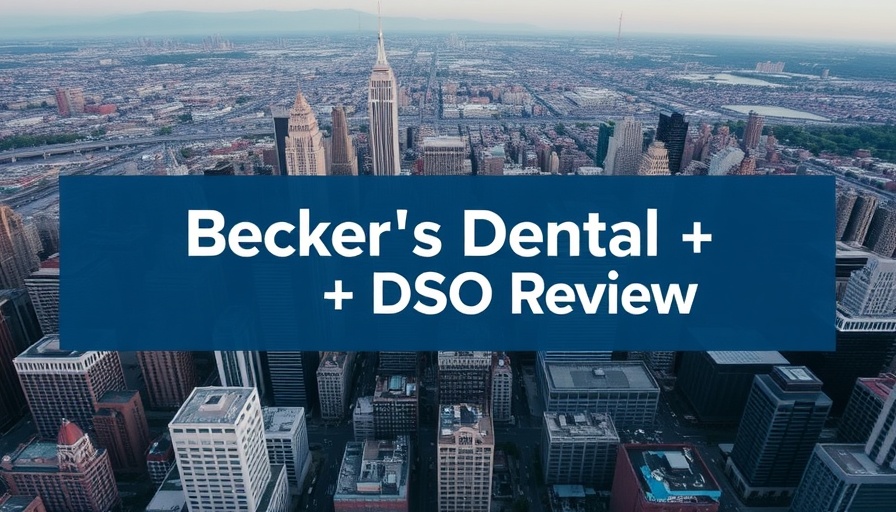
Introduction: Filling the Void in Oral Health
The recent closure of the Centers for Disease Control and Prevention’s (CDC) oral health division has sent shockwaves through the dental community, raising concerns about the future of dental safety and infection control guidelines. In response to this critical gap left by federal workforce reductions, the Association for Dental Safety (ADS) has unveiled a new initiative—the ADS Institute for Dental Safety and Science. This article explores the implications of this transition and its significance for dental health standards across the U.S.
The Closure of CDC's Oral Health Division
The CDC's oral health division was disbanded as part of broader efforts by the Department of Health and Human Services (HHS) to trim its workforce from 82,000 to 62,000 employees. This reduction, justified by the government as necessary for improved efficiency, has nevertheless sparked significant concerns within the dental industry about how patient safety might be compromised by the absence of a dedicated federal oversight body.
Impact on Infection Control Guidelines
One of the most pressing issues following the closure is the continued update and dissemination of infection control guidelines. The CDC last revised these guidelines in 2003, a gap of over two decades that is considered outdated in light of recent advances in dental technology and patient care practices. The newly formed ADS Institute, led by veteran Eve Cuny, aims to spearhead an initiative to establish a panel of experts responsible for refining these critical guidelines.
Why the ADS Institute Matters: A New Era for Dental Safety
The establishment of the ADS Institute represents a proactive response to a burgeoning crisis in dental public health. This new body is not merely a replacement for the CDC; it aims to rise to the occasion by creating a robust framework for best practices and clinical guidelines that adhere to contemporary standards. The institute's work is expected to correlate with increasing challenges faced by dental practitioners, including those related to infection control in various clinical settings.
The Social Implications of Healthcare Decisions
The implications of this transition extend beyond clinical practice into the realm of public health. With more than 150 million Americans lacking dental insurance and facing barriers to care, a well-structured, non-profit organization aimed at bolstering dental safety could be a potential game-changer. Cuny's commitment to addressing these challenges head-on is vital for fostering greater public trust in oral health initiatives and ultimately enhancing overall health outcomes.
Moving Forward: A Call for Collaboration
As the ADS Institute prepares to launch, collaboration across the dental community will be crucial. Dentists, hygienists, and public health officials will need to work together to ensure that guidelines are not only created but also widely accepted and implemented. The need for updated resources aligned with current scientific knowledge cannot be overstated.
Looking Ahead: Future Trends and Insights
In light of ongoing challenges such as the rising costs of healthcare and the evolving landscape of dental technology, the ADS Institute’s formation is timely. Looking forward, it is vital for stakeholders to engage in continuous dialogue about the emerging trends in dental care and public health. By fostering innovation and adopting best practices, the industry can ensure that future generations benefit from improved oral health standards.
Conclusion: Your Role in Shaping Dental Safety
As dental health professionals and advocates, it is essential to remain engaged as the ADS Institute takes shape. Your involvement in discussions about best practices and adherence to updated guidelines will play a crucial role in enhancing public health. The future of dental safety depends on the collective efforts of individuals and organizations committed to the highest standards of care.
 Add Row
Add Row  Add
Add 




Write A Comment